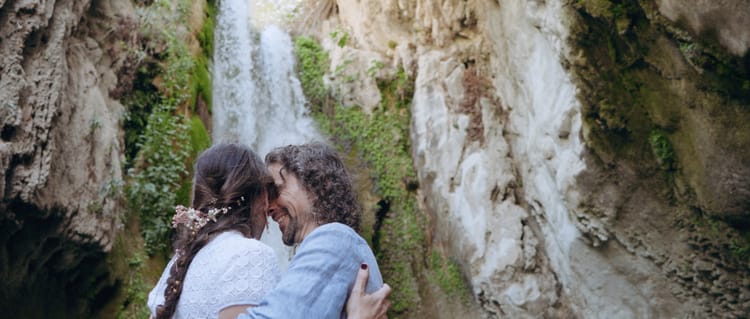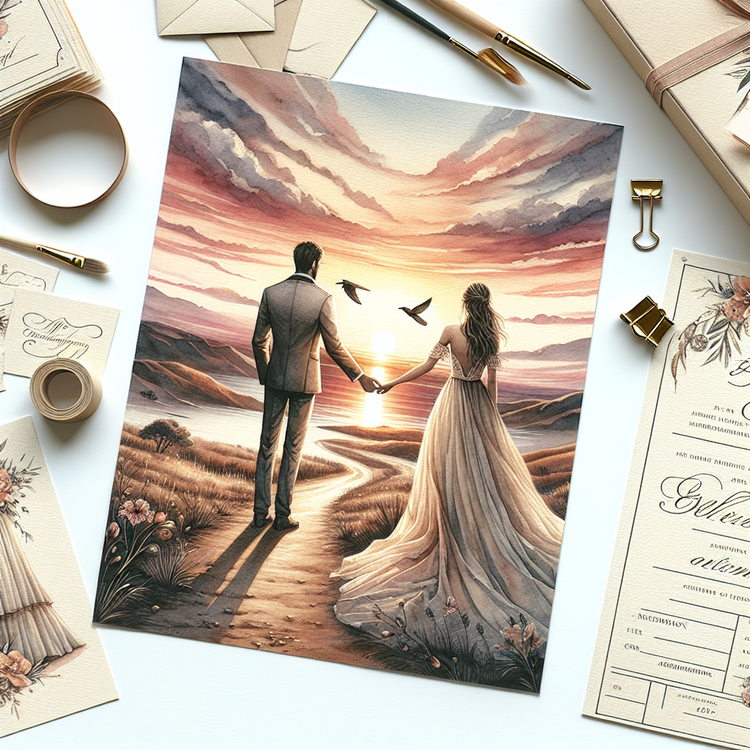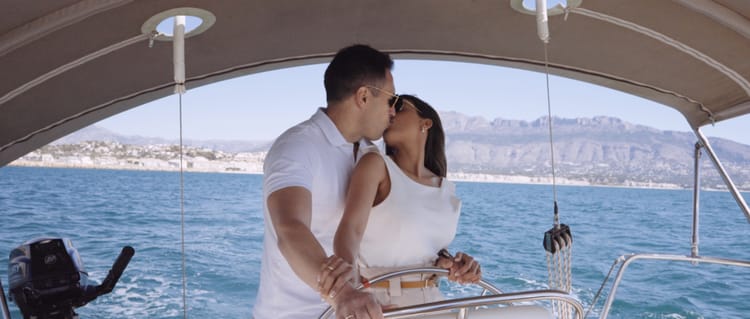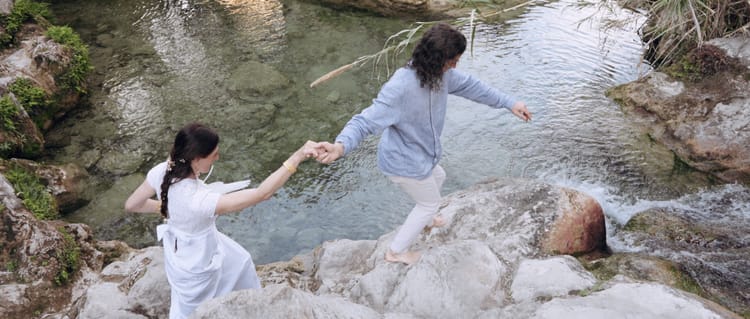The Evolution of Elopement: A Romantic Journey Through History
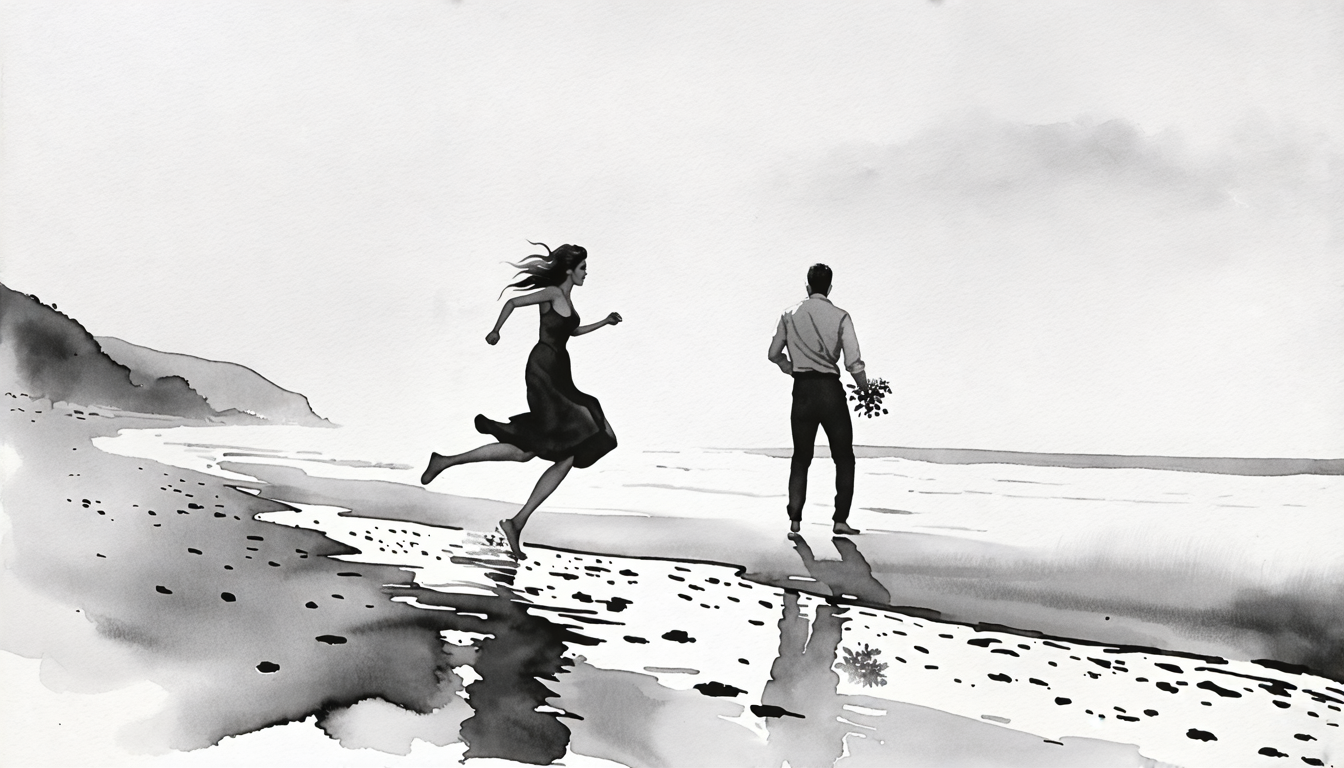
Elopement, once steeped in scandal and defiance, has found a place in modern romance as a cherished alternative to traditional wedding ceremonies. The evolution of elopement over the centuries mirrors changing societal attitudes towards marriage, love, and personal freedom. This blog post takes you on a journey through the fascinating history of elopement, exploring its origins, cultural and legal implications, and its transformation into a favored choice for today's couples.
Elopements became more popular in the 20th century as a form of rebellion against traditional wedding norms
Origins of Elopement: Scandal and Secrecy
The roots of elopement trace back to the medieval era, long before it acquired its current romantic allure. The term "elope" comes from the Anglo-Norman French word *aloper*, meaning "to run away secretly." In the context of marriage, elopement traditionally signified a couple fleeing to marry without parental approval, often driven by societal, financial, or religious pressures.
During medieval times, marriage was more about social and economic alliances than personal affection. Families arranged marriages to bolster wealth, power, or social standing, often disregarding the bride and groom's individual desires. Elopement offered a way for couples to escape these rigid arrangements, especially when their love or intentions clashed with family expectations.
For many, elopement was a last resort, pursued by couples facing significant obstacles to union. Marriages crossing social class or religious lines were frequently forbidden or frowned upon, leaving lovers with no choice but to flee to be together. This defiant act, however, came with considerable risks. Eloping pairs were often chased by their disapproving families, and if caught, faced severe repercussions such as social exclusion, legal action, and sometimes forced annulment of their marriage.
Elopement in the 18th and 19th Centuries: The Rise of Romanticism
The 18th and 19th centuries saw a shift in the perception of elopement, largely influenced by the Romantic movement, which emphasized individualism, emotion, and the importance of personal relationships over societal conventions. During this period, elopement began to be seen as a symbol of true love and rebellion against the constraints of an oppressive society.
One of the most famous elopement stories from this era is that of the English poet Percy Bysshe Shelley and Mary Wollstonecraft Godwin, who fled to Europe together in 1814 despite Shelley's existing marriage and the disapproval of Mary's father. Their elopement was scandalous, but it also epitomized the Romantic ideal of love as a powerful force that transcends societal norms and expectations. Another memorable tale is that of Lord Byron and Anne Isabella Milbanke, whose secretive marriage echoed themes of passion and defiance prevalent in Romantic literature.
In the 18th century, elopement became particularly associated with Gretna Green, a village in Scotland near the English border. Gretna Green became famous as a destination for eloping couples because of Scotland's more lenient marriage laws. Under English law, couples under the age of 21 needed parental consent to marry, but in Scotland, they could marry at 16 without any such consent. As a result, Gretna Green became synonymous with runaway weddings, with couples fleeing there to marry in secret. The image of couples being married by a blacksmith over his anvil added a rustic charm to these clandestine vows.
Elopement during this period, while still controversial, began to gain a certain romantic allure. It was no longer just a desperate act of defiance but also a bold statement of love and independence. However, the practice still carried social stigma, especially among the upper classes, where family honor and reputation were paramount. As essayist Leigh Hunt reflected, "Elopement was a dramatic declaration against the tyranny of societal expectations, a flight from constraint into the arms of passion."
20th Century Elopement: From Taboo to Trend
The 20th century ushered in a wave of societal transformations that redefined the practice and perception of elopement. With the evolution of the marriage institution, people's attitudes towards eloping also shifted. The decline of arranged marriages, a newfound emphasis on individual rights, and the growing belief in romantic love as the foundation for marriage all contributed to a more positive view of elopement.
In the early 20th century, eloping was still often considered scandalous, especially in conservative circles. But as societal norms around marriage became more relaxed, elopement began to shed its negative image. More and more couples found the idea of eloping appealing as a way to avoid the financial strain, stress, and rigid formalities of a traditional wedding.
After World War II, there was a notable surge in elopements, particularly among young couples keen to begin their lives together swiftly. The economic constraints of the period made lavish weddings less practical, and elopement provided a simpler, more pragmatic alternative. During this era, Las Vegas gained popularity as an elopement hotspot, thanks to its quick and convenient marriage services, further entrenching elopement as both a practical and glamorous option.
By the 1960s and 1970s, elopement had largely moved past its once-scandalous reputation. The sexual revolution and the women's liberation movement challenged traditional views on marriage, fostering a more open and permissive society. In this new context, eloping came to be seen as a valid and even attractive choice for couples seeking to assert their independence and bypass conventional wedding constraints.
Modern Elopement: A Personalized Celebration of Love
In the 21st century, elopement has transformed into a heartfelt choice for couples eager to savor their wedding day in an intimate and personal way. These elopements aren't just thrown together; they're artfully planned and thoughtfully curated. Picture a breathtaking location, a skilled photographer to capture every emotion, and a few cherished friends and family members by your side.
What truly fuels the modern elopement trend is a passion for authenticity and individuality. Couples today aren't settling for the typical "cookie-cutter" wedding. Instead, they crave a celebration that mirrors their unique love story and values. Elopement gives you the freedom to craft a wedding that's genuinely personal and profoundly meaningful, free from the pressures of traditional norms.
Let's not forget the financial aspect. With the average wedding in the United States costing a staggering $130,000 or more, many couples are turning to elopement as a more budget-friendly option. This way, you can channel your resources toward what truly matters to you, whether that’s an unforgettable honeymoon adventure, investing in a cozy home, or saving for a bright future together.
The COVID-19 pandemic has also highlighted the charm of elopement. With restrictions on gatherings and travel, couples had to rethink their plans. Elopement emerged as a perfect solution, offering a safe, intimate, and emotionally rich experience without the logistical headaches of a grand event.
Cultural and Legal Considerations: The Global Perspective
Though elopement is increasingly accepted and even celebrated, cultural and legal nuances still shape its practice around the globe. Each culture brings its own unique perspectives influenced by religion, tradition, and legalities.
In some parts of the world, like South Asia and the Middle East, eloping can be controversial and carry heavy social consequences. Here, where arranged marriages remain the norm, choosing to elope can lead to family estrangement, social stigma, and in rare cases, even violence. Such elopements are seen as bold defiance of cultural traditions and family expectations.
Conversely, some cultures warmly embrace elopement. In Scandinavian countries, where individualism and gender equality are cherished, eloping is viewed as a practical and empowering choice. Similarly, in many Western countries, elopements have transformed into a chic trend, complete with luxury packages and exotic destinations.
Legally, the ease of eloping varies widely. Some nations have stringent laws requiring parental consent or residency, making elopement more complicated. Others, like Scotland or certain U.S. states, have more relaxed marriage laws, making them hot spots for couples looking to elope.
The Future of Elopement: Tradition Meets Modernity
Looking ahead, it's clear that elopement will continue to evolve in harmony with broader societal shifts. The modern elopement blends tradition with the couple's desires, crafting a wedding experience that is both heartfelt and memorable.
The trend towards "micro-weddings" or "intimate weddings" is set to grow, combining elements of elopement with a slightly larger guest list. These intimate celebrations gained traction during the COVID-19 pandemic and offer couples a chance to share their special day with close family and friends while still maintaining a personal touch.
Another rising trend is destination elopements. Imagine tying the knot atop a majestic mountain, on a serene Caribbean beach, or in a charming European town. These picturesque settings allow couples to turn their wedding and honeymoon into an unforgettable, all-in-one adventure.
In conclusion, the journey of elopement is a captivating tale of scandal and secrecy turned into modern-day romance. What started as a bold act against societal norms has become a beloved option for couples seeking a personal, meaningful wedding. As attitudes towards marriage continue to evolve, elopement will keep adapting, giving couples the freedom to celebrate their love in a uniquely their way.
Are you ready to start crafting the mediterranean elopement of your dreams?

